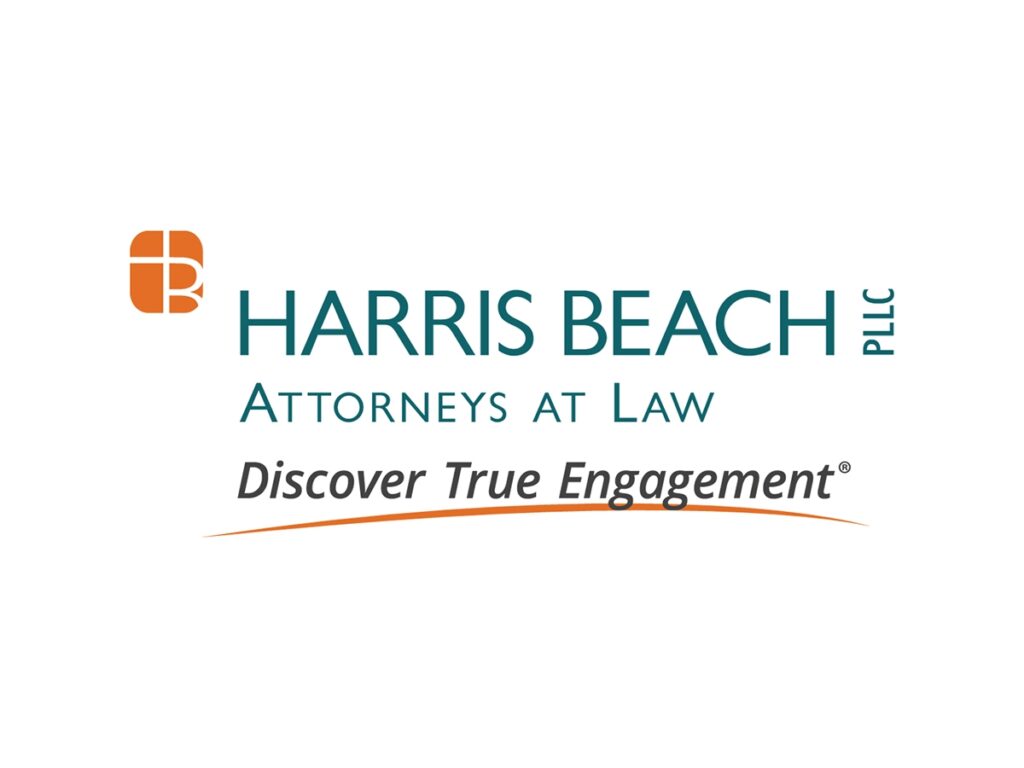The rapid advancement of artificial intelligence has created unprecedented opportunities for innovation, but securing patent protection for AI-related inventions remains challenging under current U.S. patent law. While the U. S. Supreme Court’s Alice decision continues to present significant hurdles for software patent applications, including those involving AI, there are effective strategies for protecting these innovations through careful patent application preparation and prosecution.
Current Patent Eligibility Framework
Understanding the current patent eligibility framework is crucial for any company seeking to protect its AI innovations. Under the United States Patent and Trademark Office’s (USPTO) subject matter eligibility analysis, which stems from the Alice/Mayo framework, AI patent applications face heightened scrutiny. Applications must demonstrate they are not merely directed to abstract ideas, mathematical concepts or mental processes. Simply implementing known algorithms or business processes using AI is likely to face rejection, as are pure mathematical relationships or calculations, even if novel.
However, the USPTO has provided guidance suggesting AI innovations can be patent-eligible when properly characterized as technical improvements to computer functionality or specific technological solutions to technological problems. The key to success lies in how the innovation is framed and presented in the patent application.
Strategies for Success
To improve chances of patent eligibility, applications should focus on specific technical improvements and concrete implementations. Most importantly, the application should clearly articulate how the AI solution enhances technical performance or provides advantages over conventional approaches. This can include:
- Improvements to computer functionality or efficiency
- Novel neural network architectures
- Specific enhancements to training methodologies
- Hardware optimization methods
- Specialized model structures for technical applications
Hardware Integration Considerations
The integration of AI systems with hardware components has proven to be particularly effective for patent eligibility. Applications should detail specific hardware configurations that enable AI functionality and explain how the AI system interacts with and improves hardware performance. This might include descriptions of memory utilization improvements, processor optimizations or network efficiency gains achieved through the AI implementation.
Practical Application and Transformation
Practical application and transformation are critical elements in establishing patent eligibility. Rather than focusing solely on results or abstract improvements, applications should demonstrate how the AI system transforms data into a different state or thing, or how it integrates with particular machines or manufacturing processes. This transformation aspect can help overcome initial eligibility rejections by showing the invention goes beyond mere abstract ideas.
Claim Structure Strategy
When preparing patent applications for AI innovations, careful attention should be paid to claim structure. Claims should begin with specific hardware components or system architecture elements, followed by detailed technical steps of data transformation. Avoid claims that could be interpreted as purely mathematical steps or mental processes. Instead, focus on the technical character of the invention and its concrete implementation.
Documentation Requirements
Documentation plays a crucial role in supporting patent applications for AI innovations. Companies should maintain detailed technical documentation of how improvements are achieved, including specific performance metrics and technical advantages. This documentation should record the development process and technical problems solved, as this information can be invaluable in responding to USPTO rejections and establishing the technical character of the invention.
Strategic Decision Making – Patent vs. Trade Secret
The strategic decision of whether to pursue patent protection for specific AI innovations should be made carefully. Consider whether the innovation includes sufficient technical character for patent protection or whether certain aspects might be better protected as trade secrets. Some innovations may warrant a combined approach, using both patents and trade secrets to provide comprehensive protection.
Conclusion
This complex and evolving landscape requires careful attention to both the technical and legal aspects of AI patent protection. By following these guidelines, companies can improve their chances of securing valuable patent protection for their AI innovations while building a strong intellectual property portfolio supporting their business objectives.
This alert is not a substitute for advice of counsel on specific legal issues.
